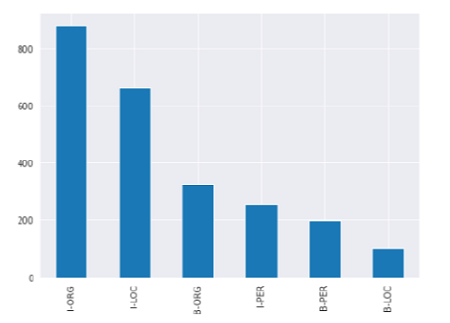


Indian Journal of Science and Technology
Year: 2022, Volume: 15, Issue: 16, Pages: 736-741
Original Article
Birhanu Gardie1, Zemedkun Solomon1*
1School of Computing and informatics, Mizan Tepi University, Ethiopia
*Corresonding Author
Email: [email protected]
Received Date:15 January 2022, Accepted Date:11 March 2022, Published Date:02 May 2022
Objectives: This work aims about the development of Afan-Oromo language named entity recognition which widely used in question answering, information extraction and information retrieval aimed at categorizing and predicting tokens of a given corpus into predefined named entity classes like organization, location person and others (non-named entity tags). Methods: In this work, a bidirectional long-short term memory technique is used to model the Afan- Oromo language NER system to recognize and classify words into their named entity classes. Findings: While we evaluated the experiment in cross-validation, we attained a result of precision, recall and f1-measure values 96.7%, 96.2% and 97.3% respectively. We have collected the data from Ethiopian broadcasting Corporation (Afan-Oromo program). Therefore, a newly annotated dataset having 12,479 instances is used for this study. Novelty: Finally we have contributed by boosting a NER system for Afan-Oromo language which is independent of other natural language processing tasks. We proved bidirectional long-short term memory approach can be extended, trained can work for Afan- Oromo language.
Keywords: Bidirectional long shortterm memory; Natural language processing; Softmax; recurrent neural network; Afan-Oromo named entity recognition
© 2022 Gardie & Solomon. This is an open-access article distributed under the terms of the Creative Commons Attribution License, which permits unrestricted use, distribution, and reproduction in any medium, provided the original author and source are credited.
Published By Indian Society for Education and Environment (iSee)
Subscribe now for latest articles and news.